Most AR glasses out there are bulky, over-engineered and proprietary. And - being basically glasses with electronics - they only come in a few fixed sizes and don't fit everyone. But what if there was another way?
uGlass started out as an idea for a device you attach to your glasses and it projects images onto them - basically, instant AR. The very first version, assembled from an Arduino, a generic OLED display board and some recycled optics, could only show its name, battery level and time from startup. The second version has its own custom PCB and works with our uECG wearable, showing ECG graphs. It can also work with DWM1001-based devices to show distance between them, or just show a set waypoint when it's turned on.
The board is very simple, built around a nRF52832 SoC and a BMI160 IMU, with connections for an i2c OLED display. It uses Bluetooth to communicate with other devices, processes their input and shows it in a (hopefully) convenient form. A magnifying lens and a small reflective glass are used to project the image from the OLED onto the glasses, in your field of view. The optics are somewhat permanently attached to the glasses for now, but in the future we'll design a 3D-printed holder for them and an enclosure for the device.
In the few tests we did, the setup and the image took some time to get used to, but the eye adjusts surprisingly quickly. We're hoping to test uGlass more intensively at MakerFaire Rome, and then work from there.
 Ultimate Robotics
Ultimate Robotics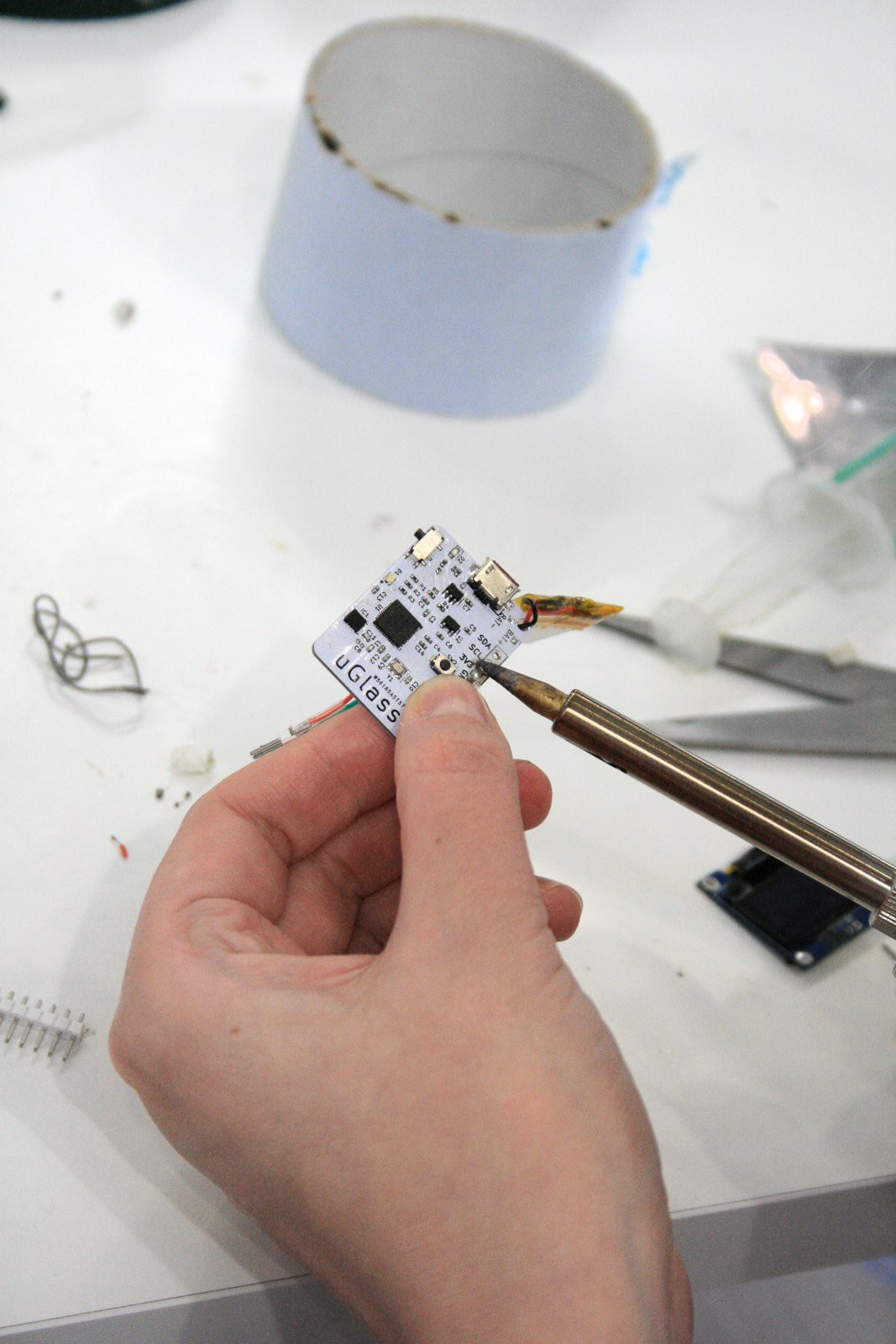

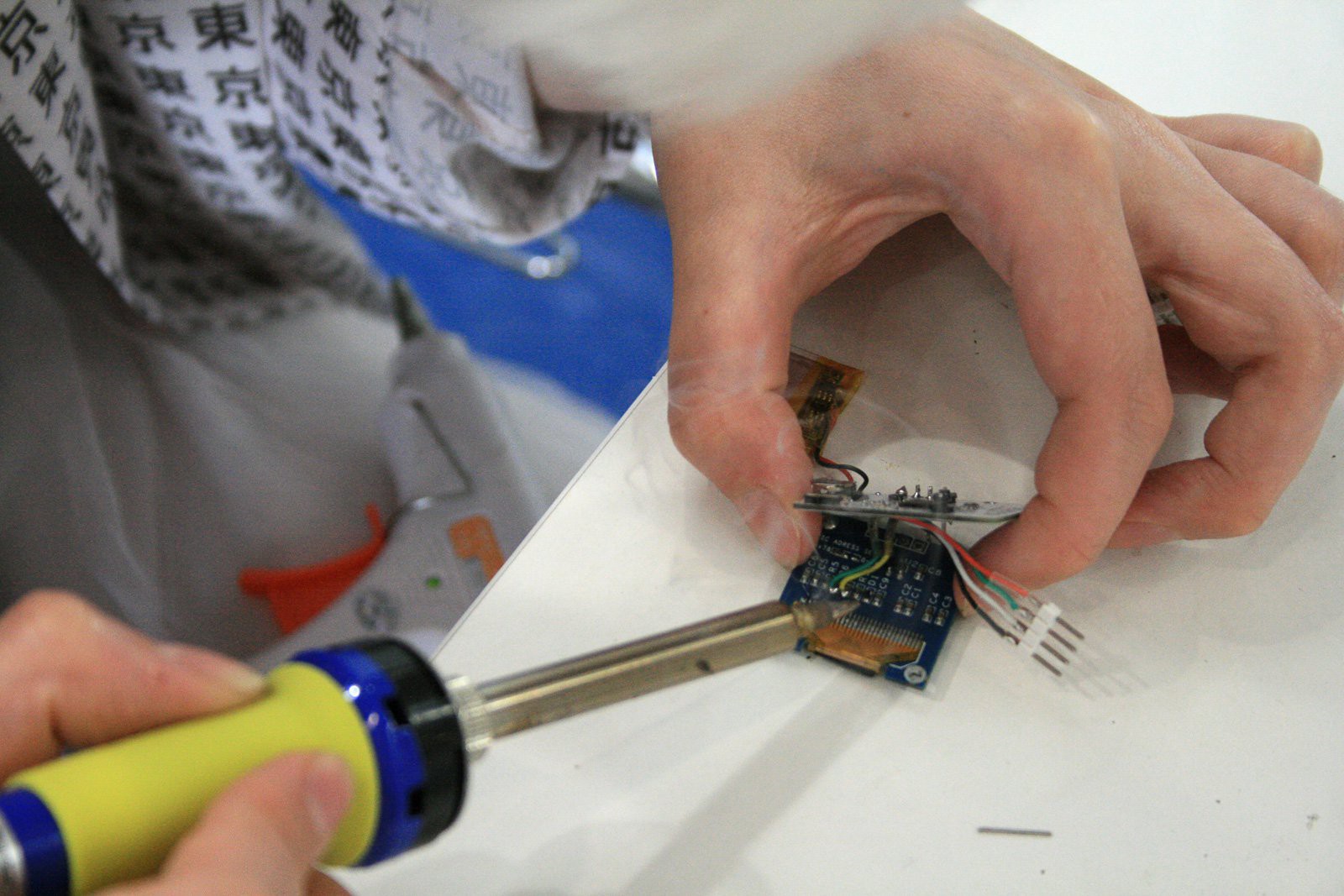
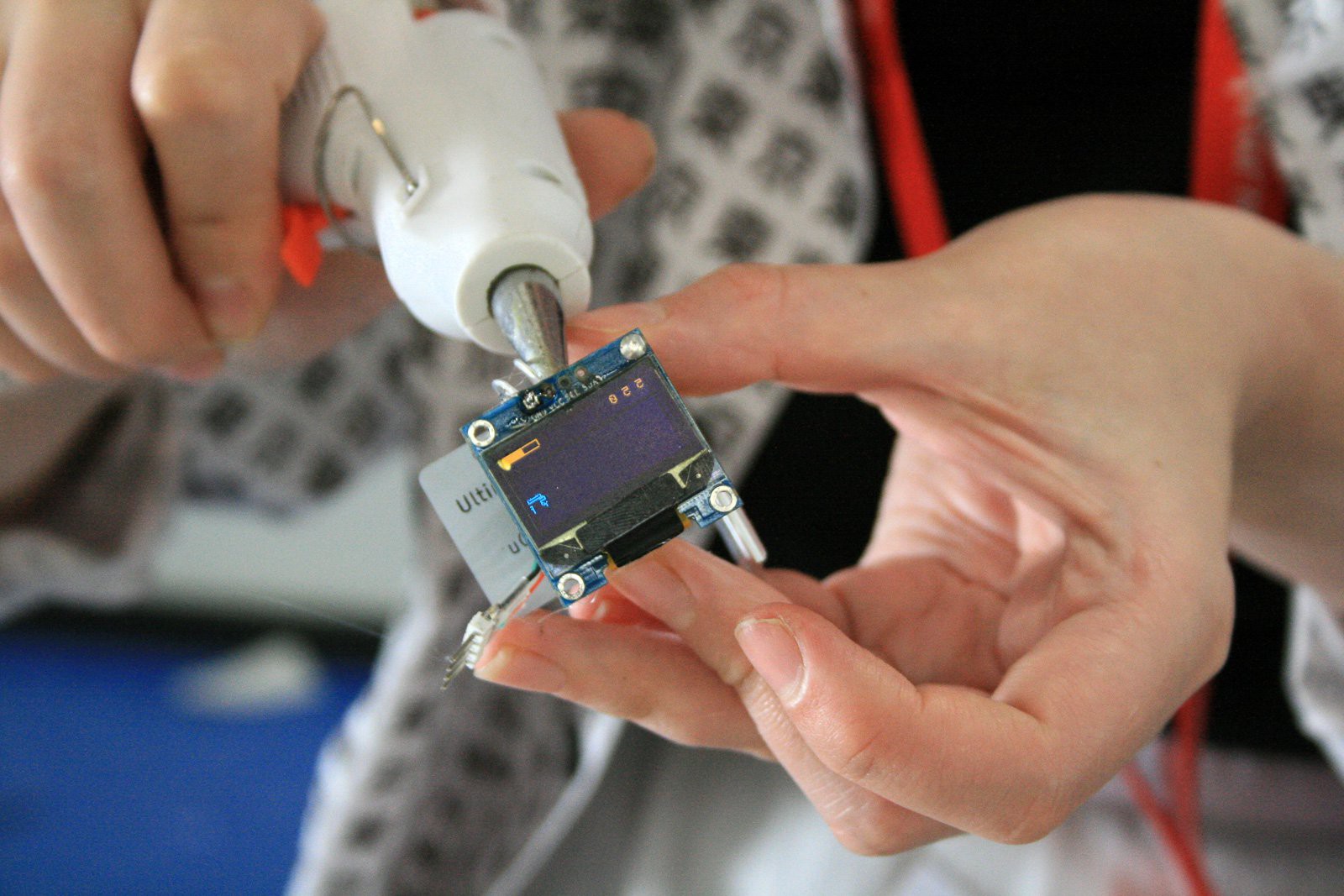
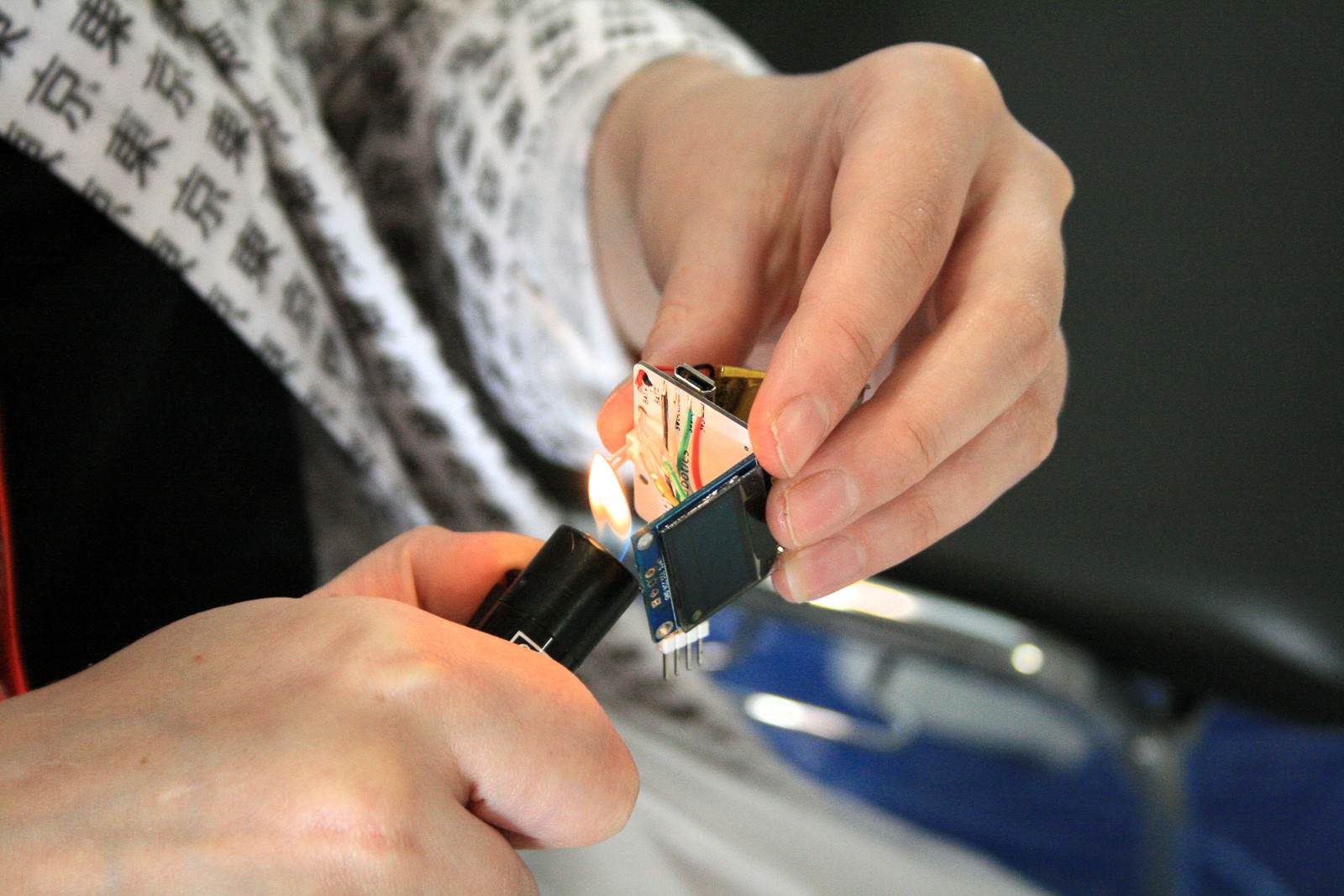
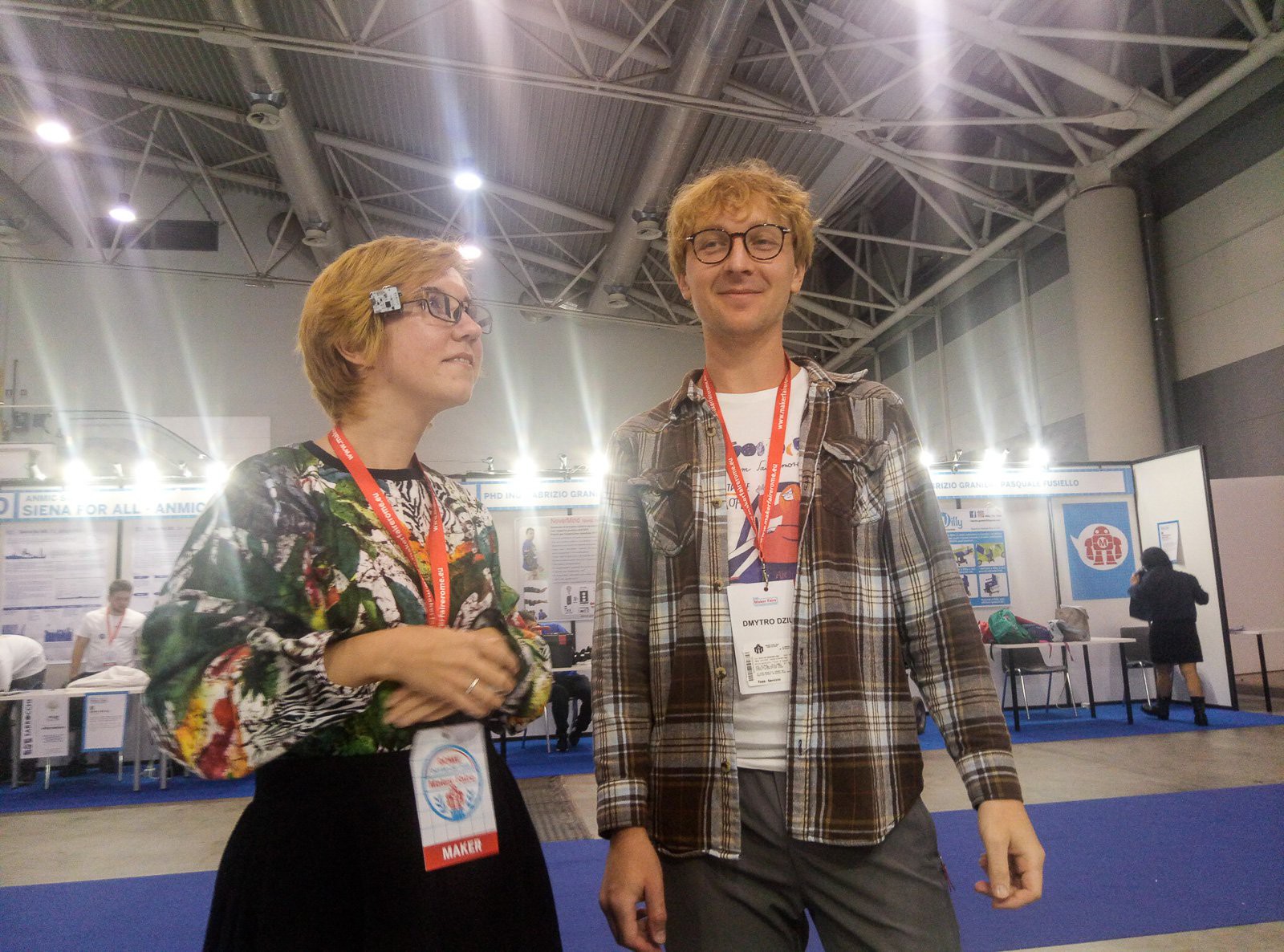
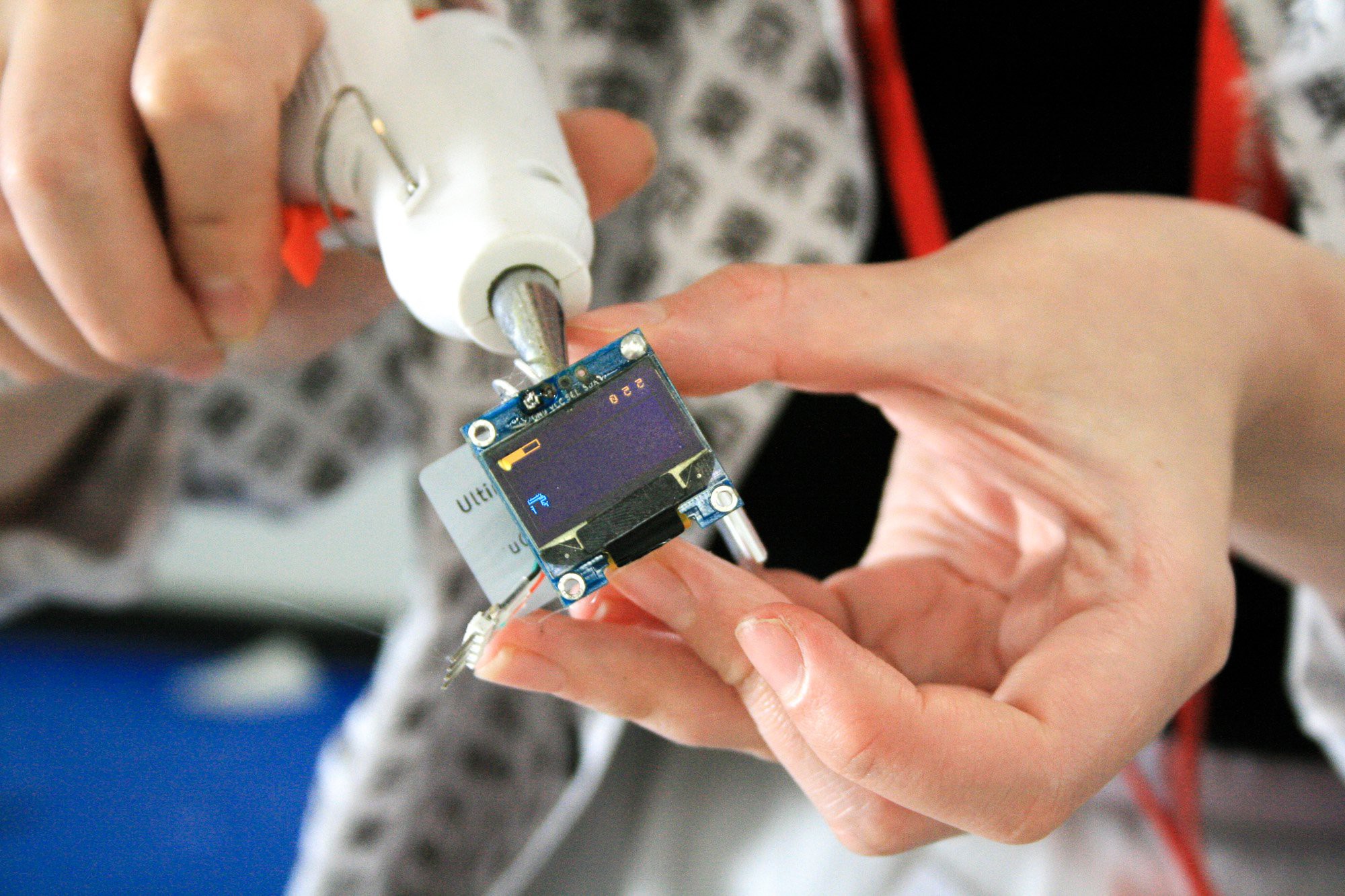 When AR is in the top
When AR is in the top

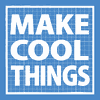




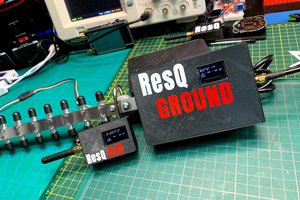
 Eric Wiiliam
Eric Wiiliam
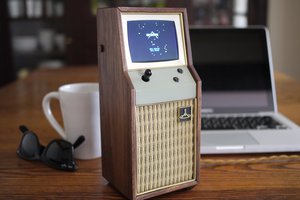
 Mike
Mike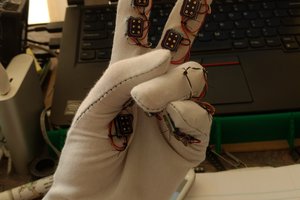
 Anderson Antunes
Anderson Antunes
Couple of questions:
(1) where does one get the lens? (i.e., which part, as well as which source)
(2a) I see mention in the parts of a "reflector glass"... what exactly is this (half silvered mirror? one-direction mirror? etc), where does one get it (as for the lens), and where on the glasses does it go?
(2b) if the "reflector glass" goes over one of the lenses, does it affect the utility of the glasses themselves?
(3) how hard would it be to adapt this to say a tiny video display, such as this incredibly unbelievably tiny composite-video-input CRT I have (it's a viewfinder CRT, it's literally a 5/8" diagonal display -- check my math, it's 1./2" wide and 3/8" tall after the bezel). All I have, unfortunately, is the CRT and driver board itself, it'll need magnification (and a housing, but that's hardly an issue). I *think* its actually a rare color one... most viewfinder CRTs are B/W only... I have to reverse-engineer the pinout and hook up a feed to know for sure, though, and somehow I haven't done that yet. Obviously the CRT would have to go on the *outside* side of the glasses, parallel to the earpiece but offset a bit, maybe a quarter-inch or so, so it doesn't short out on my ear (ow!)... of course the optics involved in getting that onto the glasses lens would be *ahem* impressive! (it also occurs to me that it might be possible to mount it *above* the glasses, and use a mirror at a 45deg angle to project it downwards, and a bit of plastic with eg window tint as the viewscreen proper, also at a 45deg angle... dunno...)